There are many different types of drawing depending on the intent. Both sketching or any type of drawing will help you develop skills or the ability to manipulate line, shape, value, texture, or space, which are used to translate any verbal idea or message to an image.
 |
| Drawing with Graphite Pencil |
Drawing is defined as:
noun
1. a picture or diagram made with a pencil, pen, or crayon rather than paint.
2. the art or technique of representing an object or outlining a figure, plan,
or sketch using lines.
verb
1. an act or instance of drawing.
Drawing Vocabulary
Include the following:
Traditional Drawing
Are a 2D visual art form in which a person uses instruments to mark on paper or other two-dimensional surfaces. It includes the following for more information or resources on each type, click on the following:
Design or Creative Drawing
It includes the following for more information or resources on each type, click on the following:
Technical Drawing
It includes the following for more information or resources on each type, click on the following:
Non-Traditional Drawing
It includes the following for more information or resources on each type, click on the following:
Drawing Techniques
For more information or resources on each medium, click on the following:
Drawing Resources
Click the tabs below for resources.
Get Started for Free
- How to Draw Journey by Deborah Mends
- Beginning Artist by Gary Gumble, complex drawing concepts make simple
- Charles Brague Drawing Course - A digital download package
- At Classical Atelier Home - you can learn traditional fine art on your own with free information and techniques
- How to Sketch Birds - Step-by-step tutorial by John Muir
- How to Sketch Mammals - Step-by-step tutorial by John Muir
- Basic Lines by Alphonso Dunn - excellent understanding of line, which is the basic fundamental element of any drawing
- Line of Action - Free tutorials and practice within a community
- Light and Shade - Drawing lessons from Sheri Lynn Boyer Doty on value
Lessons for Purchase
- Proko - quality video tutorials with a sense of humor and a wealth of information.
- Craftsy - has classically trained atelier method instructor-led classes via a video format for an inexpensive fee.
- New Master Academy - well-known artists that cover all topics and mediums. Some videos are free, and most videos are paid monthly for access.
- The Drawing Academy - pay once in exchange for unlimited viewing.
- Web Art Academy - pay once in exchange for unlimited viewing.
Instructor-Recommended
How To
- The Five Stages of Drawing by Alphonso Dunn
- Texture by Alphonso Dunn
Historical Techniques
- Leonardo da Vinci's Drawing Materials - a demonstration of materials and how to use them
